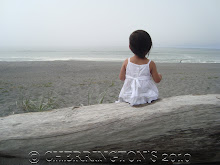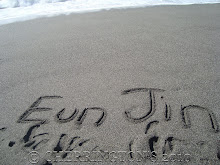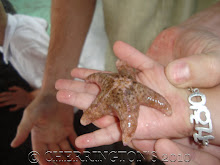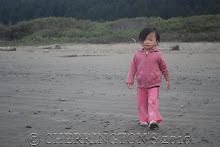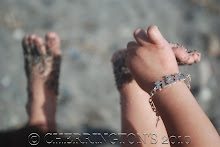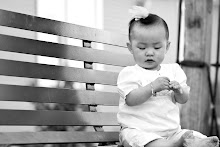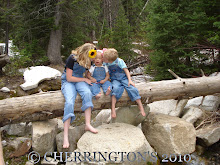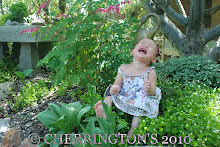
"At one glance I love you with a thousand hearts."
Mihri Hatu
Our baby, Isabella Eun Jin Lee has a broken heart. Medical diagnosis is Atrial Septal Defect (ASD). On Friday, June 5th AAC called to give us updated medical information on Isabella Eun Jin. They told me that she had ASD. I know a little about this after working in hospitals most of my life. I wasn't really freaked out by this because I know that it is somewhat common and can be treated in most cases. I started to ask what our plan of action would be. Watching the heart for closure, surgery, if surgery when, can I go to Korea to be with her if she hasn't had surgery already as the medical records were dated June 2nd and we didn't know if the ASD was found in an emergency or a well baby check. Recovery time? Travel delayed? You know, all the questions you would ask about your baby if you were the mom...The person from AAC could not answer any of my questions, her main reason for calling, I found out, is to find out if we wanted to "give her back" and go back on the girl list. I was absolutely DEVESTATED at this point. Isabella Eun Jin is a part of our lives already. We are so in love with this particular little girl, not just any little girl. She is ours. We have fully immersed her into our daily lives. Not a day goes by that we do not talk about her and when we will get to bring her home. We have had our referral for over two months and still I show her picture to everyone that I can. Even the girls at Starbucks are excited to meet her. We have named this little girl, we have sent her care packages in which the items are carefully and lovingly picked out for her. When we signed the adoption paperwork, we commited to be her parents. We did not take that lightly. We know that for the rest of our lives and our childrens lives, (all three of them) that things are going to come up. We are not going to abandon our children when they need us the most. I would not be any more concerned if this had been our local pediatrician calling about either of our other two children. After several phone calls to AAC, we were able to find out that this was found during a routine well baby check. The doctor could hear a heart murmur and sent her for an echocardiogram. We have been told that the foster mother was besides herself with grief when finding out the diagnosis because she was afraid that the "family" would no longer want her. We are currently in the process of preparing another care package for Isabella Eun Jin so that her foster mother can be assured of our love and excitement at bringing her into our lives.
Isabella Eun Jin pack your bags because we are coming to get you as soon as all the Immigration paperwork is done. We cannot wait to hold you. We are so excited to be a part of your life and can't wait to watch you grow up and experience life.
Isabella is going to be seen for a second opinion at a bigger hospital. When the echocardiogram is available AAC will call us and let us know how to proceed, and yes we are STILL waiting for our I600 approval. I hope it will be this week...




Four of the things for Isabella Eun Jin's next care package. This blankie is sooo soft. The brand is BareFoot Dreams. I had them for my son when he was little and was so excited that I got to buy a girl color. I got her the lilac colored one with the buttefly in the center. I hope it will bring comfort to Isabella when she is sad. This cute little bunny is just the right size for little hands. It is from Bunnies By The Bay. Their motto is- Bunnies are our best friends indeed, they do delight and give glad dreams. I hope Isabella will have good dreams while waiting for us. I wanted to get this toy for her before but didn't because I had so much to send before...Why not send it this time! This baby is the Berenguer baby girl that I had wanted. My dear friend Lynda from work bought it for us! When it arrives we are going to add it to this care package. We are getting the one dressed in pink but I cannot find a picture of the pink one online.
An ASD is an opening or hole (defect) in the wall (septum) between the heart’s two upper chambers (atria).
Every child is born with an opening between the upper heart chambers. It’s a normal fetal opening that allows blood to detour away from the lungs before birth. After birth, the opening is no longer needed and usually closes or becomes very small within several weeks or months.
Sometimes the opening is larger than normal and doesn’t close after birth. In most children the cause isn’t known.
Normally, the left side of the heart only pumps blood to the body, and the right side of the heart only pumps blood to the lungs. In a child with ASD, blood can travel across the hole from the left upper heart chamber (left atrium) to the right upper chamber (right atrium) and out into the lung arteries.
Children with an ASD often have no symptoms. If the opening is small, it won’t cause symptoms because the heart and lungs don’t have to work harder. If the opening is large, the only abnormal finding may be a murmur (noise heard with a stethoscope) and other abnormal heart sounds. In children with a large ASD, the main risk is to the blood vessels in the lungs because more blood than normal is being pumped there. Over time, usually many years, this may cause permanent damage to the lung blood vessels.
If the opening is small, it doesn’t make the heart and lungs work harder. Surgery and other treatments may not be needed. Small ASDs that are discovered in infants often close or narrow on their own. There isn’t any medicine that will make the ASD get smaller or close any faster than it might do naturally.
If the ASD is large, it can be closed with open-heart surgery, or by cardiac catheterization using a device inserted into the opening to plug it. Sometimes, if the ASD is an unusual position within the heart, or if there are other heart defects such as abnormal connections of the veins bringing blood from the lungs back to the heart (pulmonary veins), the ASD can’t be closed with the catheter technique. Then surgery is needed.
Closing a large ASD by open-heart surgery usually is done in early childhood, even in patients with few symptoms, to prevent complications later.
(Taken from the American Heart Association Website)



























